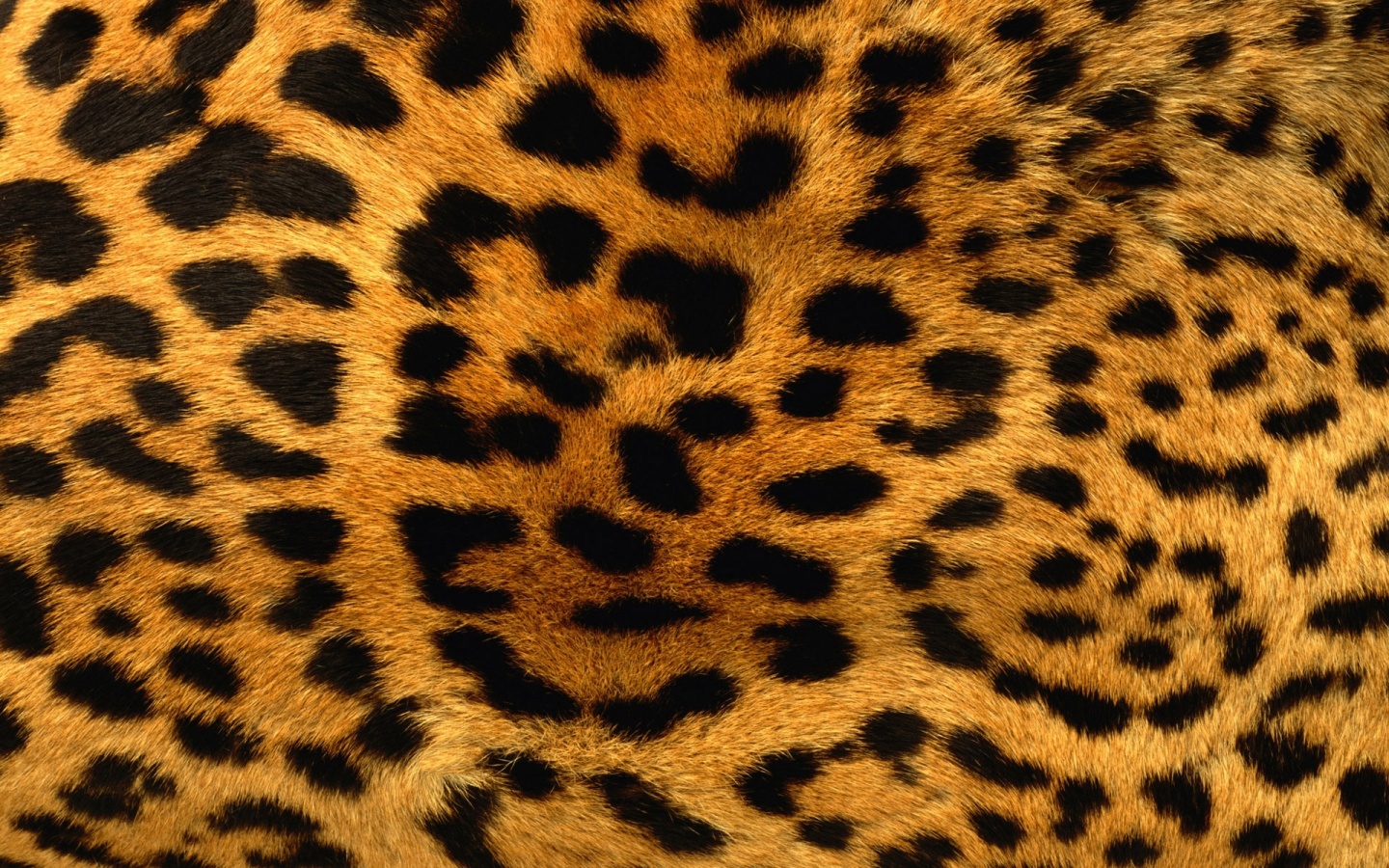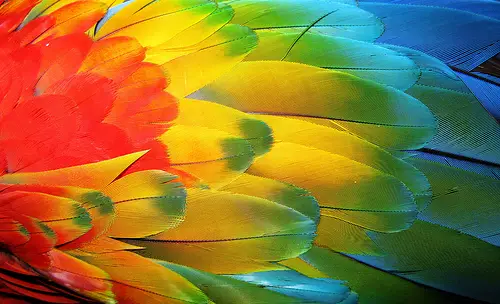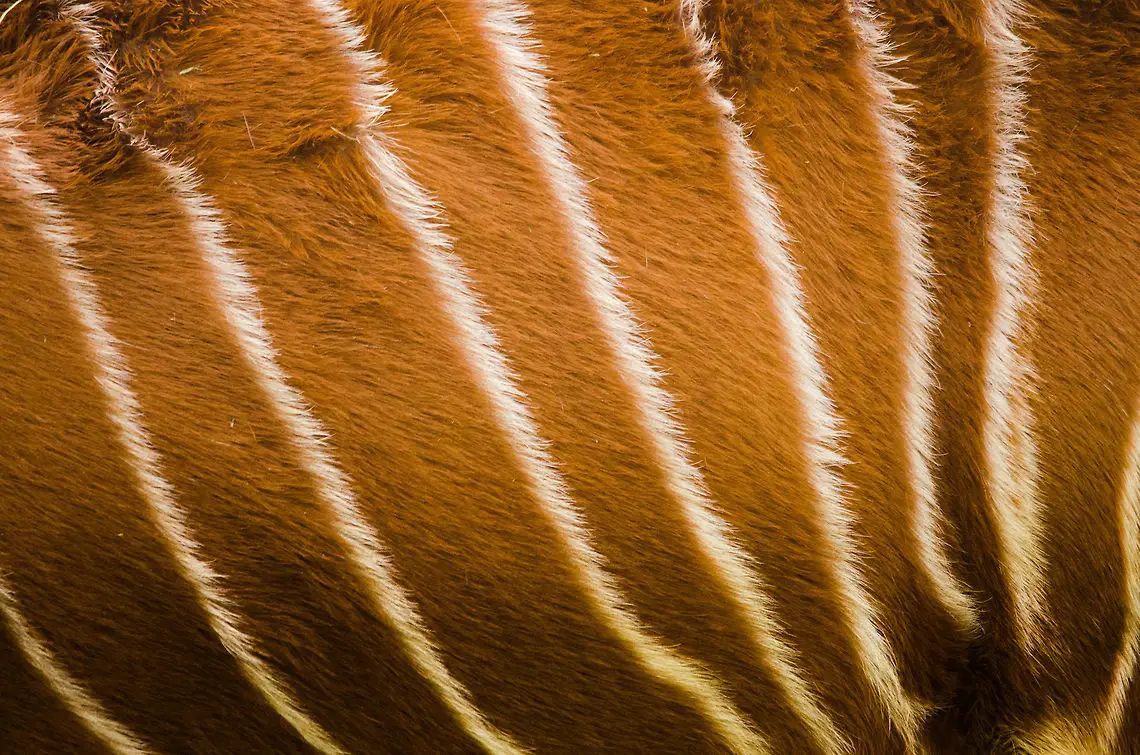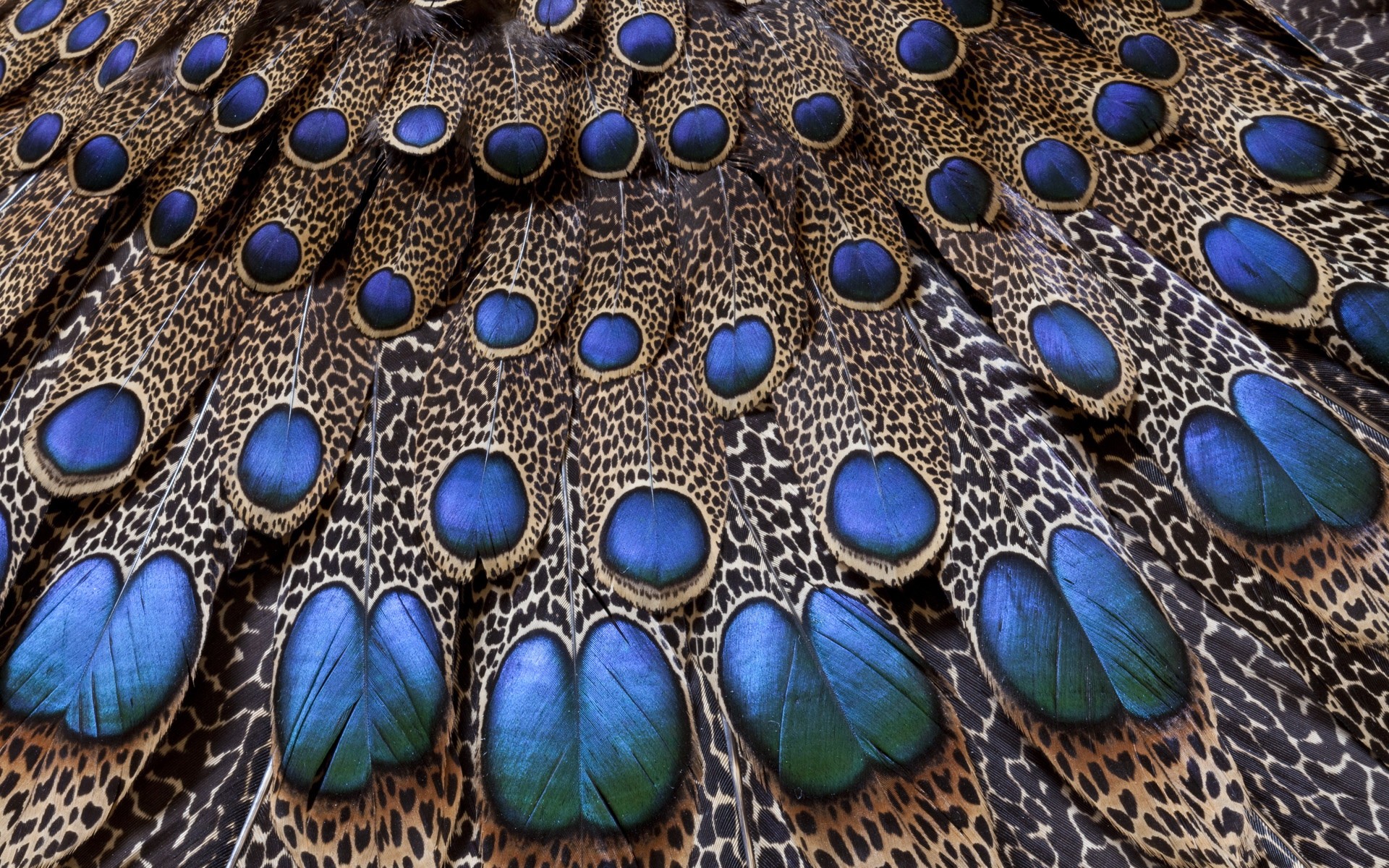Borneo : Highlights of an Untamed Island
By: Mike Jerrard
Few places on earth can match the biodiversity and rugged beauty of Borneo. The third largest island in the world, Borneo is home to some extraordinary animals and plants that live in one of the oldest rainforests on earth. New species are continually being discovered in this magical place even today.
Here are some of Borneo’s must see sites which will literally leave you breathless in the case of summiting Mt. Kinabalu and places which will provide you with some incredible flora and fauna.
Mulu National Park
Home to one of the world’s longest canopy walkways at nearly a half kilometer long, Mulu National Park is an opportunity to get up close and personal with the rainforest. You will get the chance to see many of Borneo’s majestic hornbills such as the iconic rhinoceros hornbill.
With a little luck on your side you may come across a sun bear or Rajah Brooke’s Birdwing butterfly.
Mulu caves and stunning limestone pinnacles will add to the adventure of Mulu NP.



From left clockwise: Wrinkled hornbill, rajah brooke’s birdwing, limestone karst formations
Nilah Caves
Site where SE Asia’s oldest human skull fragment was found which dates back some 37,000 years old. The discovery has rewritten the history of early human migration and understanding.
Besides a wealth of archaeological findings, the caves are also home to swiftlets which make nests out of saliva which are highly coveted by Chinese elite. Selling for $2,500 per kilo, the nests are used in bird’s nest soup. Sections of the caves where the nests are found are privately owned and can only be collected by its owners.



From left clockwise: Borneo cave, swiftlet nests: photo by Mike Prince, Birds nest soup: photo by robert staudhammer
Mt. Kinabalu
The highest peak in Malaysia, Kinabalu is pretty tame as far as mountains go. Treks to the summit can be made over 2 days. More than just your average mountain climb, Kinabalu contains many jungle trails where you can witness its 6,000+ plant species, 300+ bird species, and 100+ mammal species.
Some of earth’s most incredible plants can be found here including the enormous rafflesia flowers and the Giant Malaysian pitcher plant known as Nepenthes rajah. The largest carnivorous plants, these are the famous rat eating plants which survive on the defecation of shrews.



From left clockwise: rafflesia flower: photo by mike prince, mt. kinabalu: photo by bernard dupont, giant pitcher plant: photo by dick culbert
Sepilok Rehabilitation Center
No trip to Borneo would be complete without seeing its most famous residents, the orangutans. The SRC is home to some 60-80 wild orangutans along with others who are undergoing the rehabilitation process. Orphaned young as well as confiscated animals are brought here with the intent of reintroduction to the wild.
The center provides free feeding for the wild individuals which give visitors a good chance of viewing them, however there is no guarantee of sightings as they are wild. The ultimate aim would be to have the orangutans become self sufficient and no longer need the feedings.
Sumatran rhinoceros and sun bears are also being rehabilitated at the center.


Kinabatangan River
The Amazon river of Borneo, Kinabatangan is home to an incredible 10 species of primates including the odd looking proboscis monkey. Crocodiles and Borneo pygmy elephants are also big highlights of a river tour. A 3 day cruise will allow you to witness untamed Borneo and a stay at the Borneo Nature Lodge along the river will allow an even richer experience.



From left clockwise: proboscis monkey, rhinoceros hornbill: photo by mark louis benedict, bearded pig
Bako National Park
Borneo’s oldest national park, Bako adds more of a scenic coastal twist. With many lodges and trails, you are certain to encounter a multitude of the islands wildlife such as bearded pigs, flying lizards, and proboscis monkeys. Almost all species of vegetation Borneo has to offer can also be found within the park making it a must for botanists.



















